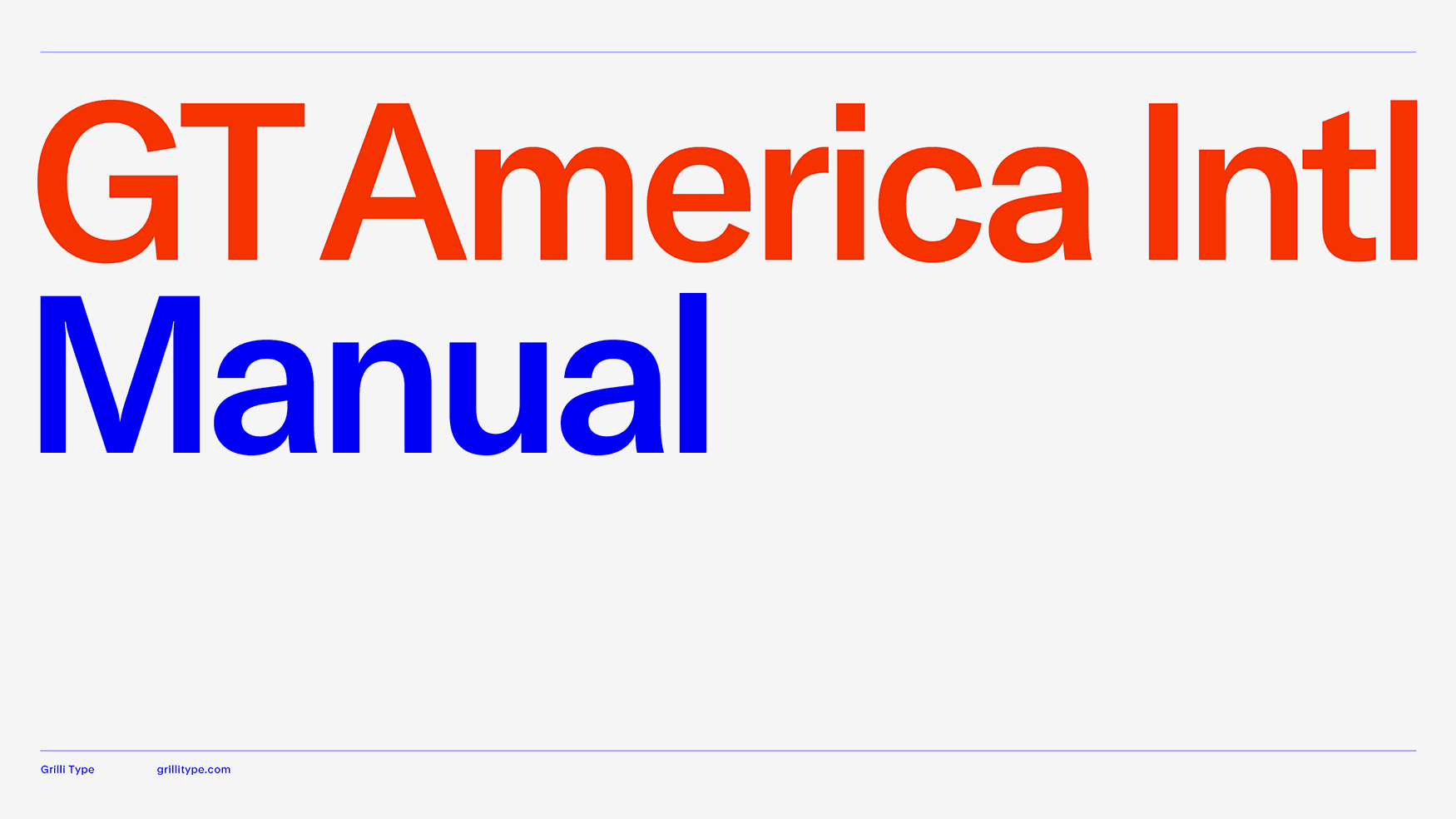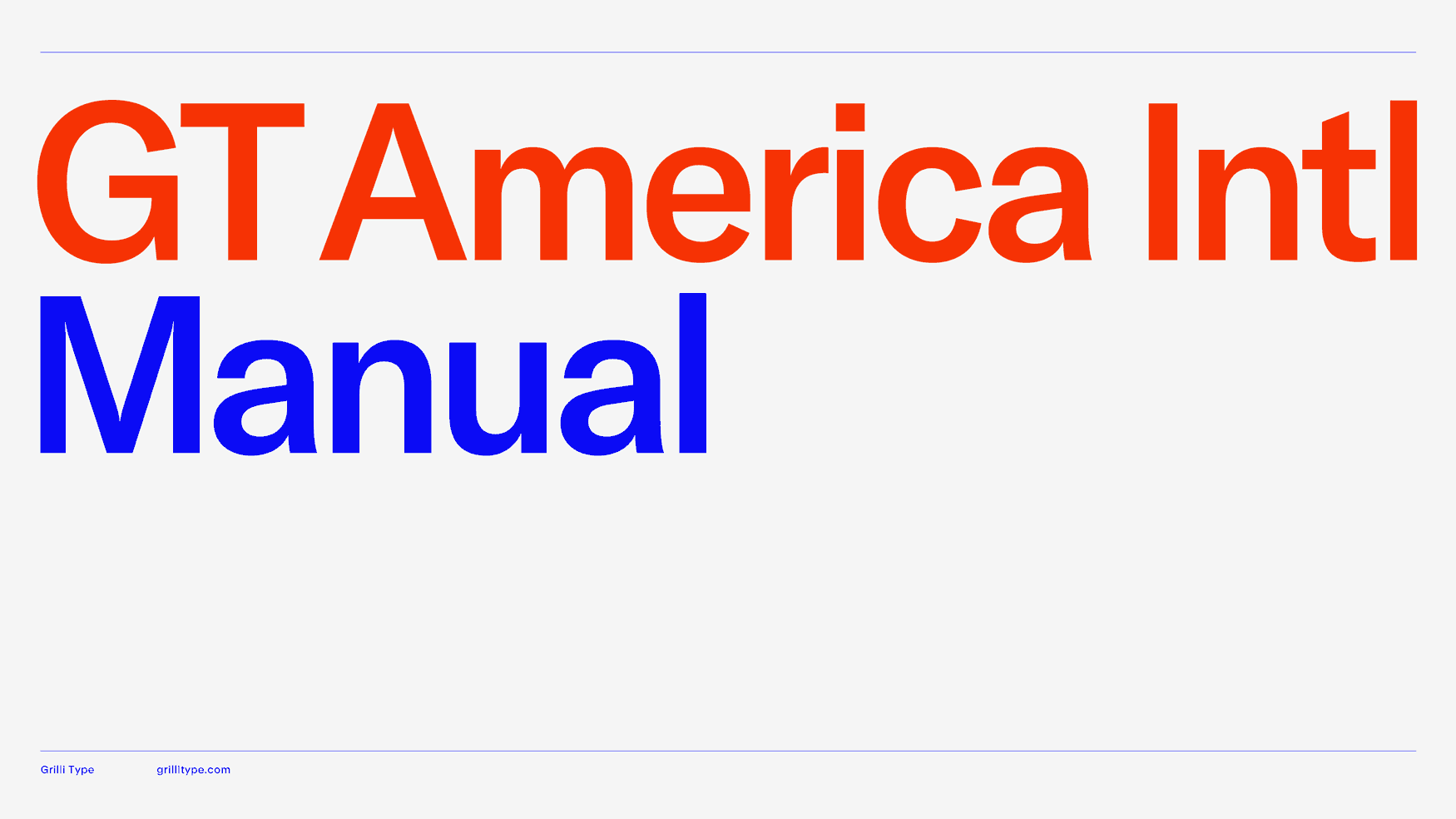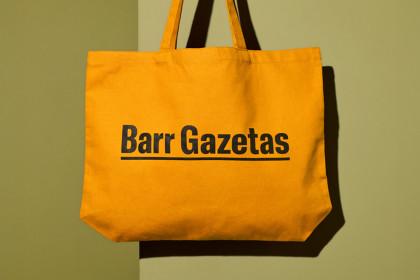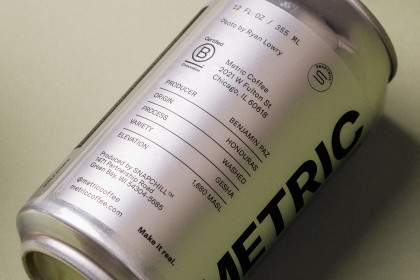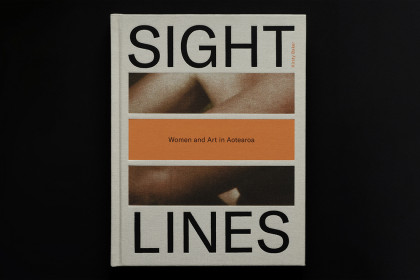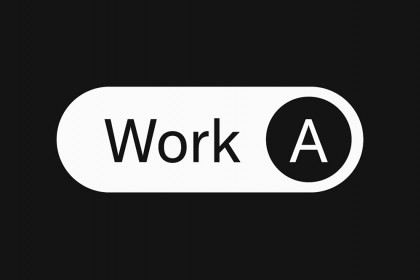GT America
Family overview
- Compressed
- Ultra Light Italic
- Thin Italic
- Light Italic
- Regular Italic
- Medium Italic
- Bold Italic
- Black Italic
- Condensed
- Ultra Light Italic
- Thin Italic
- Light Italic
- Regular Italic
- Medium Italic
- Bold Italic
- Black Italic
- Standard
- Ultra Light Italic
- Thin Italic
- Light Italic
- Regular Italic
- Medium Italic
- Bold Italic
- Black Italic
- Extended
- Ultra Light Italic
- Thin Italic
- Light Italic
- Regular Italic
- Medium Italic
- Bold Italic
- Black Italic
- Expanded
- Mono
- Ultra Light Italic
- Thin Italic
- Light Italic
- Regular Italic
- Medium Italic
- Bold Italic
- Black Italic
Subfamilies
- Standard Ultra LightWilliam Howard Taft, September 15, 1857, Cincinnati, Ohio, March 4, 1909 – March 4, 1913
- Standard Ultra Light ItalicWilliam Howard Taft, September 15, 1857, Cincinnati, Ohio, March 4, 1909 – March 4, 1913
- Standard ThinHouston, Texas, 2’296’224, 599.6 sq mi, 29.7805°N 95.3863°W
- Standard Thin ItalicI shook up the world. Me! Whee!
- Standard LightMartin Van Buren, December 5, 1782, Kinderhook, New York, March 4, 1837 – March 4, 1841
- Standard Light ItalicVới 3,79 triệu dặm vuông (9.833.520 km²) và 327,1 triệu dân (2018), Hoa Kỳ là quốc gia lớn thứ 3 hoặc thứ 4 về tổng diện tích và thứ 3 về dân số trên thế giới.
- Standard RegularIt ain’t about how hard ya hit. It’s about how hard you can get hit and keep moving forward
- Standard Regular ItalicThe difference between a goal and a dream is a deadline.
- Standard MediumSan Jose, California, 1’026’908, 176.6 sq mi, 37.2969°N 121.8193°W
- Standard Medium ItalicDenver, Colorado, 682’545, 153.0 sq mi, 39.7618°N 104.8806°W
- Standard BoldTwenty years from now you will be more disappointed by the things that you didn’t do than by the ones you did do. So throw off the bowlines. Sail away from the safe harbor. Catch the trade winds in your sails. Explore. Dream. Discover.
- Standard Bold ItalicTheodore Roosevelt, October 27, 1858, New York City, New York, September 14, 1901 – March 4, 1909
- Standard BlackVictory is the goal — Determination gets you there
- Standard Black ItalicBarack Obama, August 4, 1961, Honolulu, Hawaii, Assumed office January 20, 2009
- Settings
Typeface information
GT America is the missing bridge between 19th century American Gothics and 20th century European Neo-Grotesk typefaces. It uses the best design features from both traditions in the widths and weights where they function optimally.
Typeface features
OpenType features enable smart typography. You can use these features in most Desktop applications, on the web, and in your mobile apps. Each typeface contains different features. Below are the most important features included in GT America’s fonts:
- SS01
- Alternate g
Schönegg
- SS02
- Alternate one
1776/1848
- SS05
- Round Dots
Österreich?
- ONUM
- Oldstyle numerals
0123456789
- CASE
- Case sensitive forms
¿¡WHAT?!
Typeface Minisite
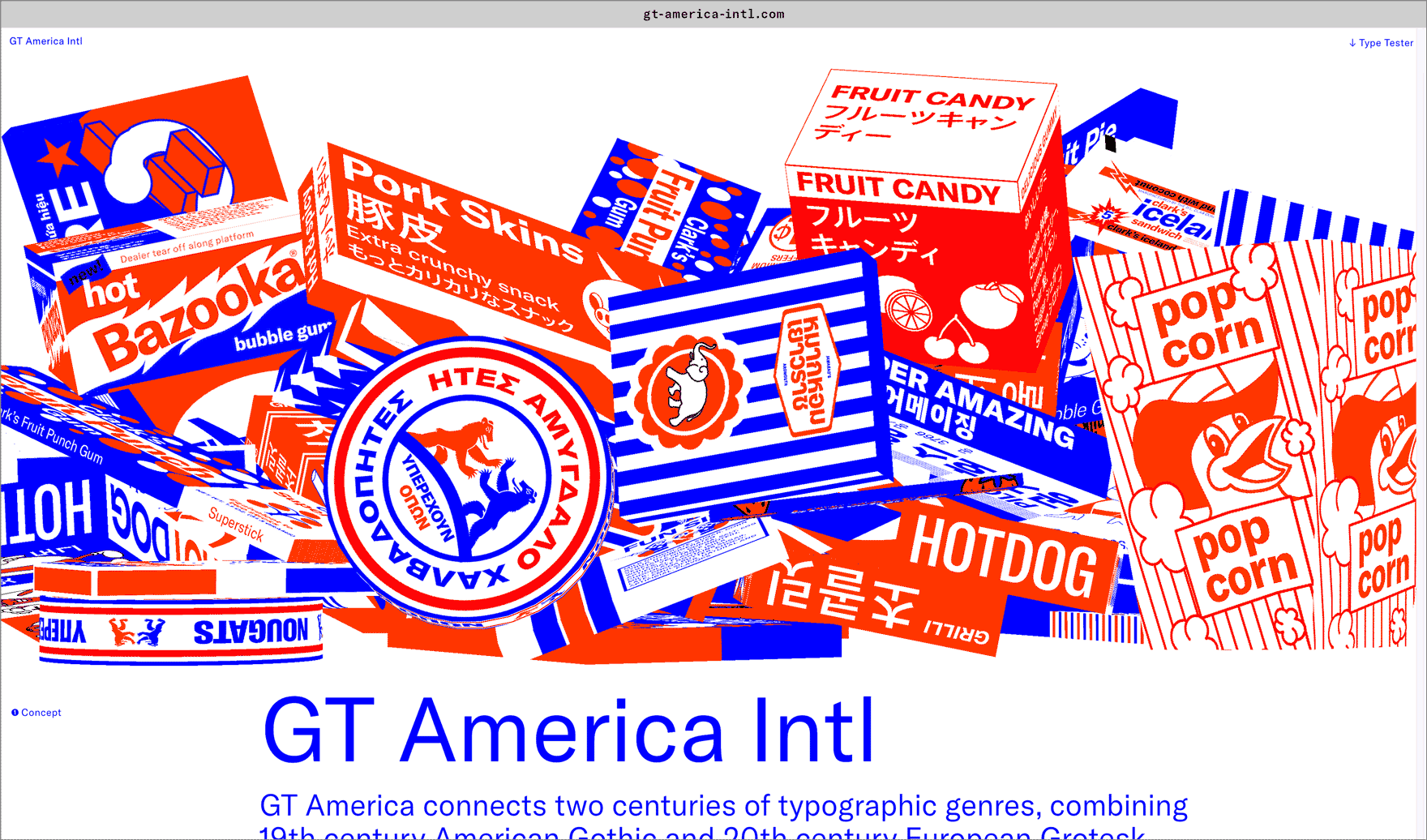
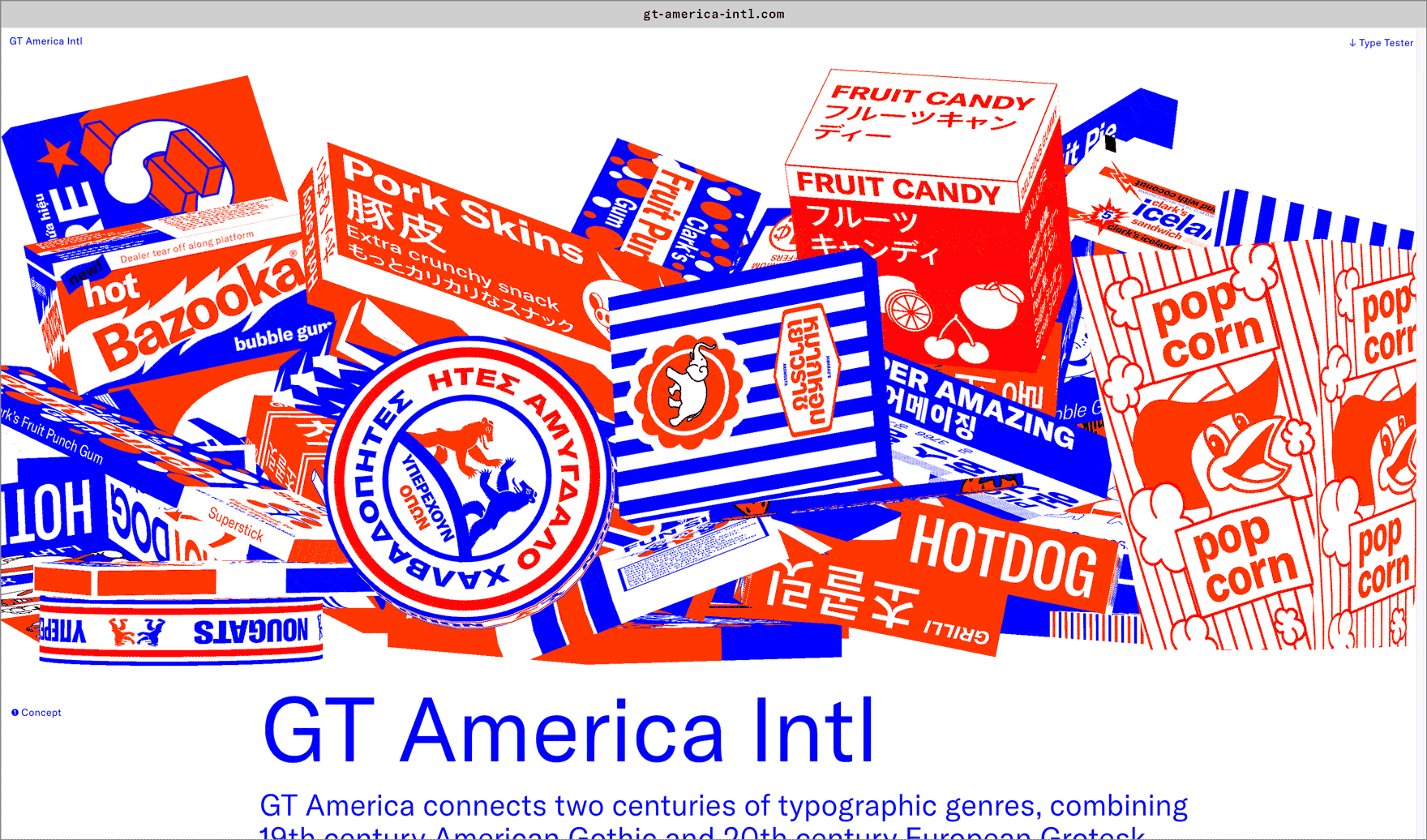
- Visit the GT America minisite to discover more about the typeface family’s history and design concept.
GT America in use
